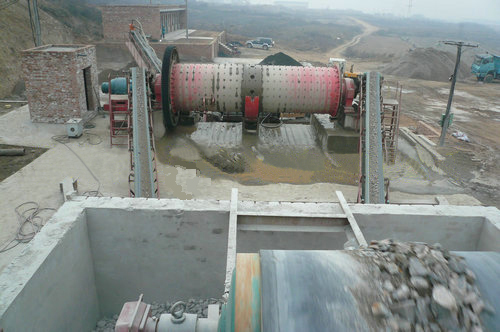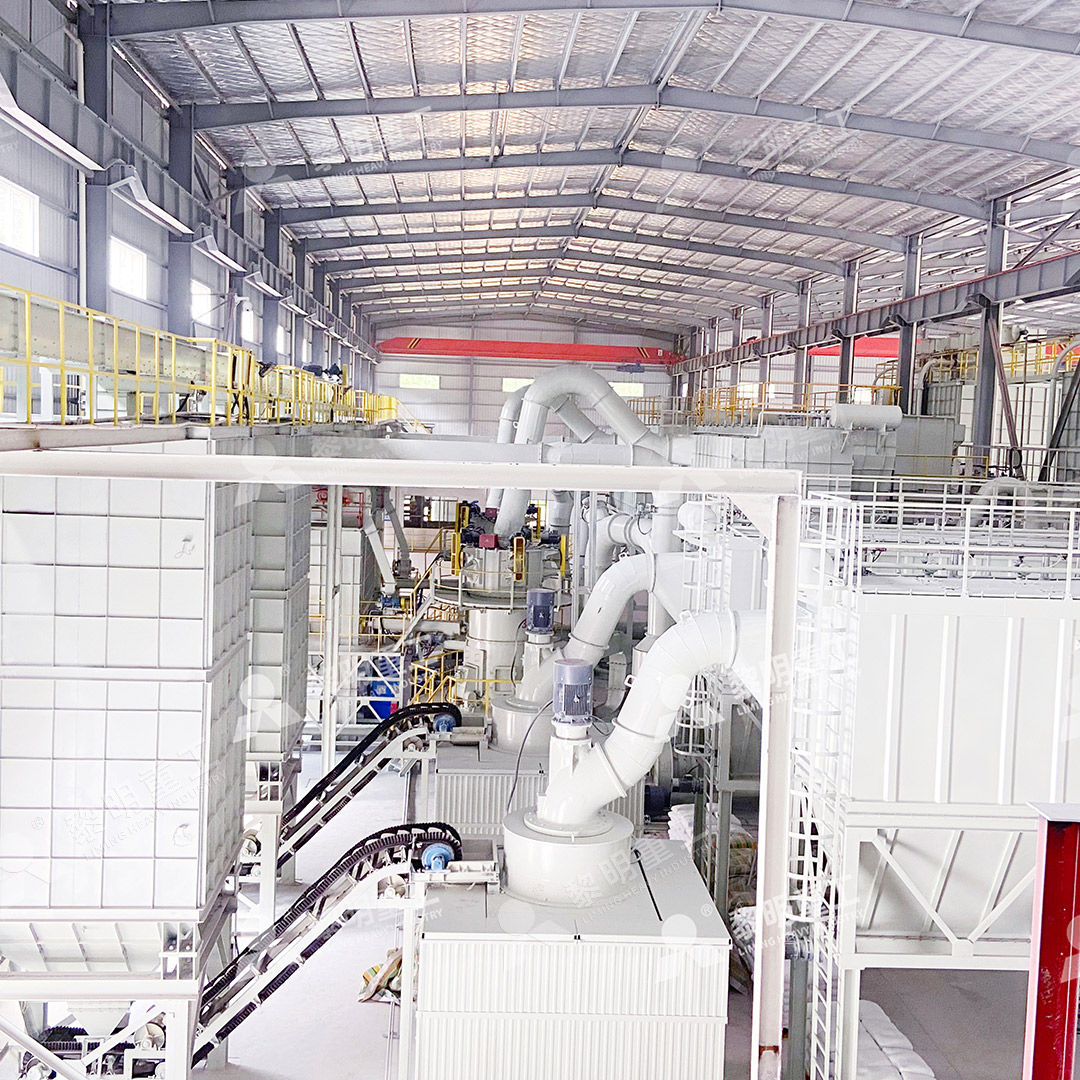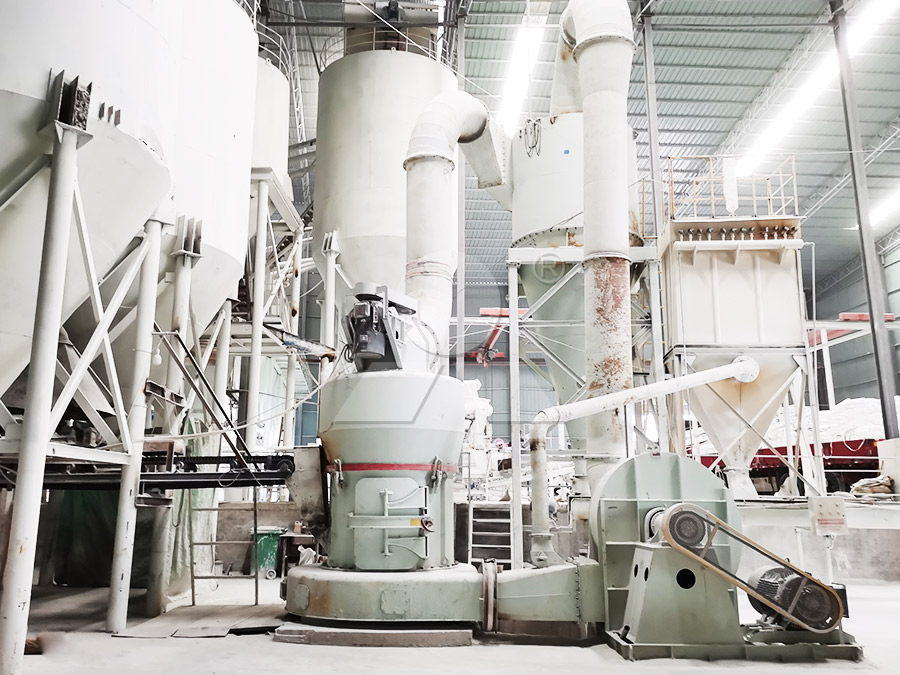Ore Grinding Mill Process Flow and Equipment Configuration
Understanding Ore Grinding Mill Processes
Ore grinding represents a critical stage in mineral processing operations, where raw materials are reduced to fine powders to facilitate subsequent separation and extraction processes. The efficiency of this grinding operation directly impacts overall plant productivity, energy consumption, and final product quality. Modern grinding circuits have evolved significantly from traditional approaches, incorporating advanced technologies to optimize performance while minimizing environmental impact.

The typical grinding circuit begins with primary crushed ore, which undergoes further size reduction through various milling techniques. Material flows through the system in a carefully controlled sequence, with classifiers often employed to separate properly ground particles from those requiring additional processing. This closed-circuit approach ensures optimal utilization of grinding energy while maintaining consistent product specifications.
Key Equipment in Grinding Circuits
Various mill types serve different roles within grinding operations, each with distinct advantages for specific applications. Ball mills have long been industry workhorses, offering reliable performance for coarse to medium grinding applications. Vertical roller mills provide excellent drying capabilities alongside grinding, making them ideal for moist materials. More recently, advanced ultrafine grinding technologies have emerged to meet demands for finer product specifications and enhanced efficiency.
Advanced Ultrafine Grinding Solutions
For operations requiring ultra-fine powder production, traditional grinding approaches often prove inadequate in terms of efficiency and product quality. The MW Ultrafine Grinding Mill represents a significant technological advancement in this domain. Engineered for customers needing to produce ultra-fine powder between 325-2500 meshes, this machine incorporates sophisticated design features that address common grinding challenges.
With an input size capacity of 0-20 mm and throughput ranging from 0.5 to 25 tons per hour, the MW Ultrafine Grinding Mill demonstrates remarkable versatility across various materials including limestone, calcite, dolomite, petroleum coal, gypsum, barite, marble, talc, and numerous industrial powders for chemical, paint, cosmetic, pharmaceutical, and food additive applications.

Technical Superiority in Design
The MW series stands apart through its innovative engineering solutions. Newly designed grinding curves of the grinding roller and ring significantly enhance grinding efficiency, achieving production capacity 40% higher than jet grinding mills and stirred grinding mills at equivalent fineness and power consumption. The yield doubles that of traditional ball grinding mills while system energy consumption drops to just 30% of jet grinding mill requirements.
Particularly noteworthy is the elimination of rolling bearings and screws within the grinding chamber, eliminating concerns about bearing damage or sealing part failures. This design innovation prevents machine damage caused by loose screws and enables external lubrication without shutdown, supporting continuous 24-hour operation.
Process Integration and Environmental Considerations
Modern grinding operations must balance production requirements with environmental responsibility. The integration of efficient pulse dust collectors and mufflers in advanced grinding systems like the MW Ultrafine Grinding Mill demonstrates how industrial processes can minimize their ecological footprint. These systems effectively contain dust emissions and reduce operational noise, ensuring compliance with stringent environmental standards.
The cage-type powder selector, incorporating German technology, enhances separation precision while allowing configuration flexibility through multi-head designs. This adaptability enables operators to fine-tune equipment performance according to specific requirements for yield, fineness, and sieving rates, with capability to achieve d97≤5μm in a single pass.

Selecting the Right Grinding Solution
Equipment selection should consider multiple factors beyond basic capacity requirements. Material characteristics including hardness, moisture content, abrasiveness, and required product fineness all influence mill selection. Operational considerations such as energy availability, maintenance capabilities, and space constraints further refine the decision-making process.
For operations prioritizing ultra-fine powder production with minimal environmental impact, the MW Ultrafine Grinding Mill offers compelling advantages. Its combination of higher yielding capacity, lower energy consumption, adjustable fineness control, and environmentally conscious design makes it an optimal choice for modern mineral processing facilities seeking to enhance their grinding circuit performance.
Frequently Asked Questions
What factors determine the choice between different grinding mill types?
Selection depends on material characteristics (hardness, moisture, abrasiveness), required product fineness, capacity needs, energy efficiency targets, and environmental considerations. Our technical team can provide detailed recommendations based on your specific application.
How does the MW Ultrafine Grinding Mill achieve higher efficiency compared to traditional mills?
The MW series incorporates optimized grinding curves, advanced powder separation technology, and eliminates internal components prone to failure. These innovations collectively enhance grinding efficiency while reducing energy consumption by up to 70% compared to some conventional systems.
What maintenance requirements should operators anticipate with advanced grinding systems?
Modern mills like the MW Ultrafine Grinding Mill are designed for minimal maintenance through features such as external lubrication systems and the elimination of internal rolling bearings. Regular inspections and preventive maintenance following manufacturer guidelines ensure optimal performance and longevity.
Can grinding systems be integrated with existing processing circuits?
Yes, our grinding solutions are designed for flexible integration with both new and existing processing plants. Our engineering team provides comprehensive support for system design, installation, and commissioning to ensure seamless operation within your current infrastructure.
